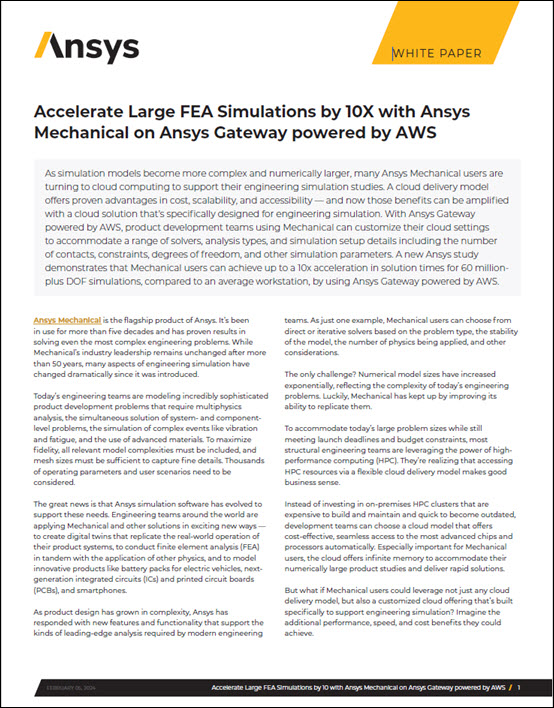 The United States is reclaiming a global top spot in high performance computing to support weather and climate forecasts. NOAA, part of the Department of Commerce, today announced a significant upgrade to compute capacity, storage space, and interconnect speed of its Weather and Climate Operational Supercomputing System. This upgrade keeps the agency’s supercomputing capacity on par with other leading weather forecast centers around the world.
The United States is reclaiming a global top spot in high performance computing to support weather and climate forecasts. NOAA, part of the Department of Commerce, today announced a significant upgrade to compute capacity, storage space, and interconnect speed of its Weather and Climate Operational Supercomputing System. This upgrade keeps the agency’s supercomputing capacity on par with other leading weather forecast centers around the world.
We are committed to put America back on top of international leadership with the best weather forecasts, powered by the fastest supercomputers and world-class weather models,” said Neil Jacobs, Ph.D., acting NOAA administrator.
Two new Cray computers, an operational primary and backup, will be located in Manassas, Virginia, and Phoenix. The computers — each with a 12 petaflop capacity — will be operational and ready to implement model upgrades by early 2022 after a period of code migration and testing. They will replace the existing Cray and Dell systems, “Luna” and “Mars” in Reston, Virginia, and “Surge” and “Venus” in Orlando, Florida.
Coupled with NOAA’s research and development supercomputers in West Virginia, Tennessee, Mississippi, and Colorado, which have a combined capacity of 16 petaflops, the supercomputing capacity supporting NOAA’s new operational prediction and research will be 40 petaflops.
NOAA’s new operational weather and climate supercomputers will be located in Manassas, Virginia, and Phoenix. Slated to become operational by early 2022, the new computers bring NOAA’s total research and operational supercomputing capacity to 40 petaflops.
This increase in high performance computing will triple the capacity and double the storage and interconnect speed, allowing NOAA to unlock possibilities for better forecast model guidance through higher-resolution and more comprehensive Earth-system models, using larger ensembles, advanced physics, and improved data assimilation.
The new computers will provide operational capacity to implement research and development advancements made under NOAA’s emerging Earth Prediction Innovation Center (EPIC) to make the U.S. Global Forecast System the best model in the world.
Through EPIC, we have an opportunity to regain our footing as a world leader in global weather prediction. NOAA is excited for the incredible opportunity ahead to partner with university and industry scientists and engineers to advance U.S. numerical weather prediction, and this supercomputer upgrade lays the foundation for that to happen,” added Jacobs.
EPIC is a joint effort across the Weather Enterprise to advance operational modeling skill by making it easier for developers across all sectors to collaborate on improving the nation’s weather and climate models. This approach leverages combined skills and resources, and lowers barriers for interaction and shared ideas through the use of cloud computing and a community modeling approach called the Unified Forecast System.
The National Weather Service ran a competitive acquisition to ensure we have the supercomputing power needed to implement all the great modeling advancements we anticipate over the next several years,” said Louis W. Uccellini, Ph.D., director of the National Weather Service. “This is an exciting time for all of us in the weather research and operations community, with bold changes on the horizon. We are making sure NOAA is ready.”
NOAA conducted a full and open competition to award the contract with CSRA LLC, a General Dynamics Information Technology company. The contract provides for an 8-year base with a 2-year optional renewal. The first task order on the contract covers products and services for the first five years, after which NOAA will work with the contractor to plan the next upgrade phase, ensuring acquisition of the best system money can buy in the marketplace that is tailored to meet the agency’s changing needs. The contract provides a total managed service approach and CSRA owns and will provide all supplies and services, including labor, facilities, and computing components.



